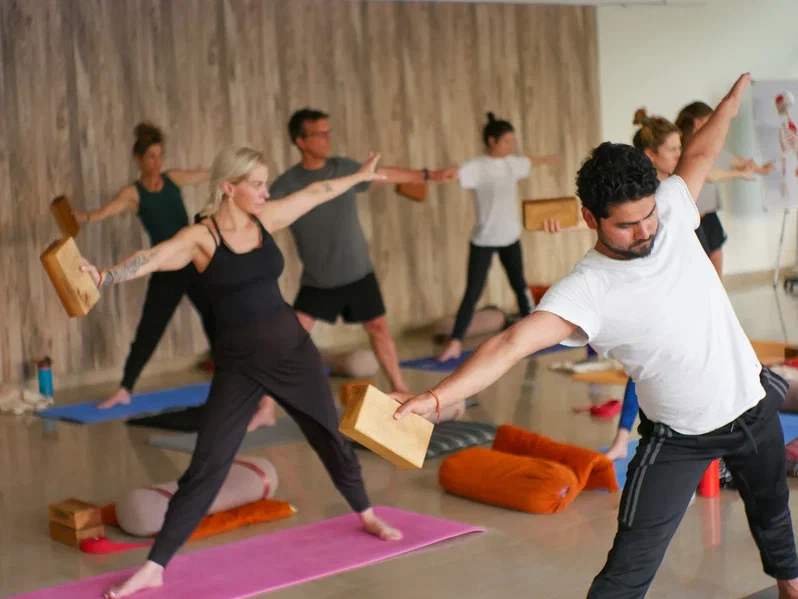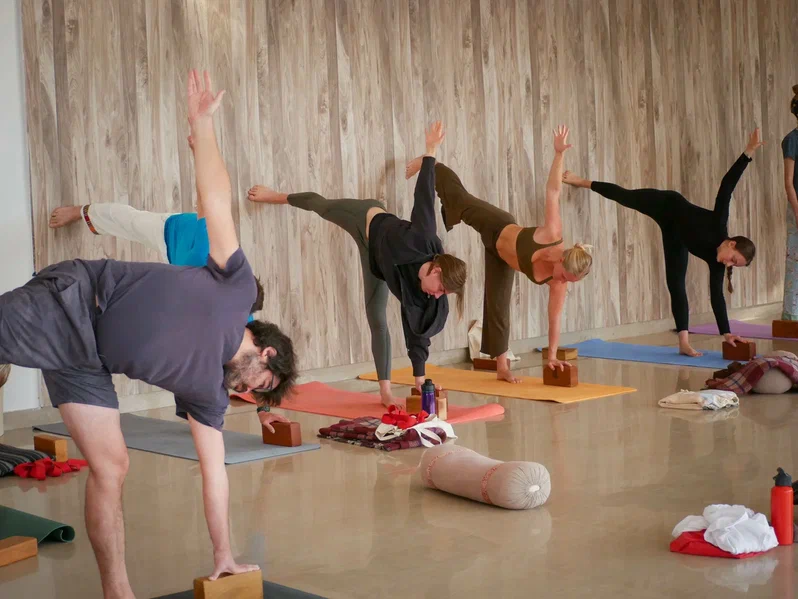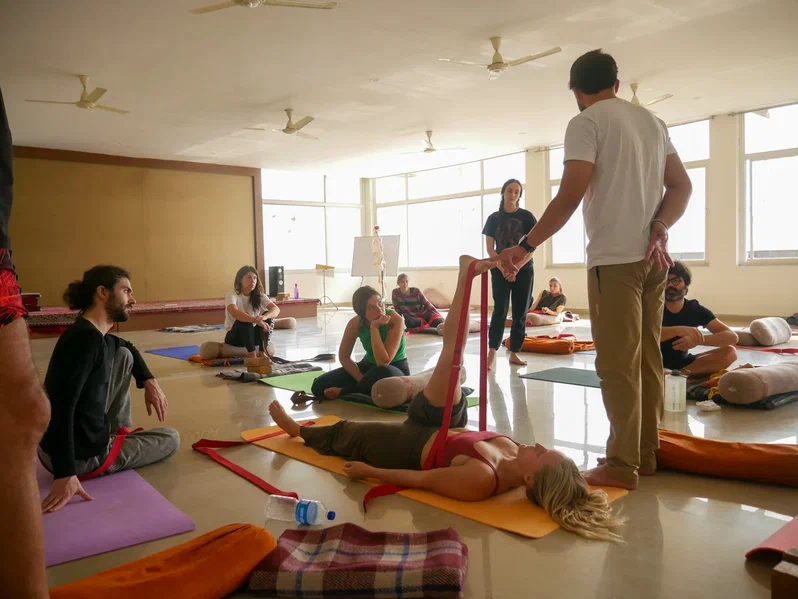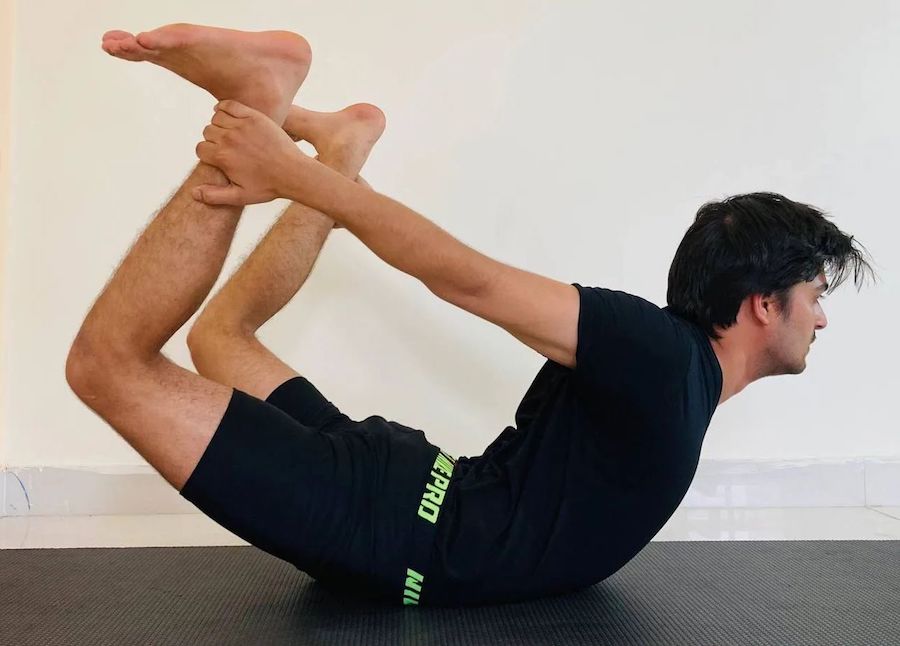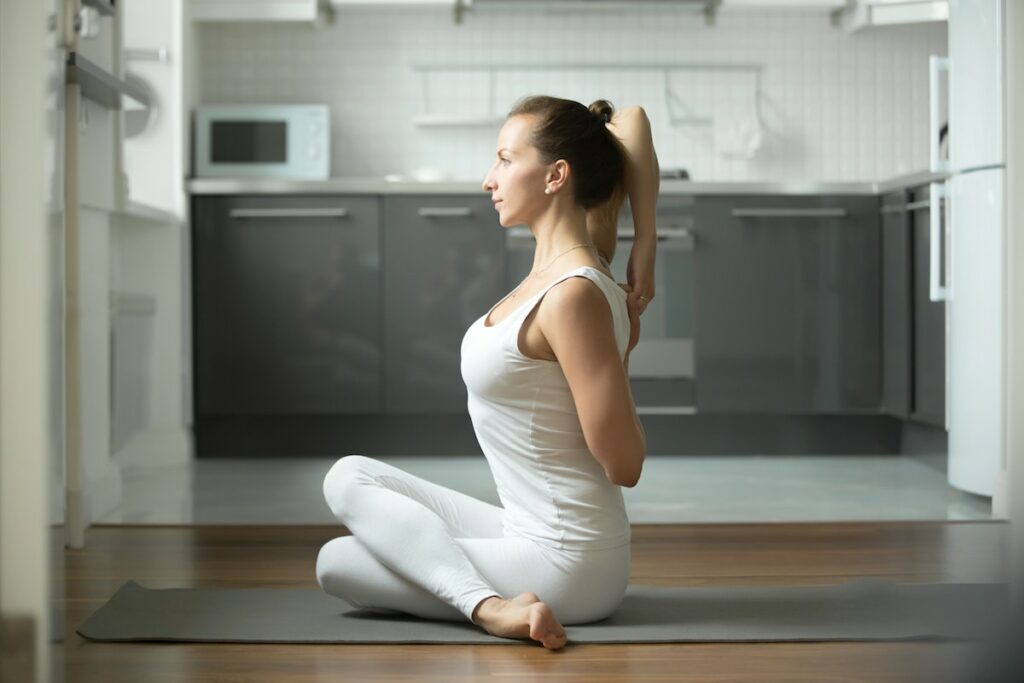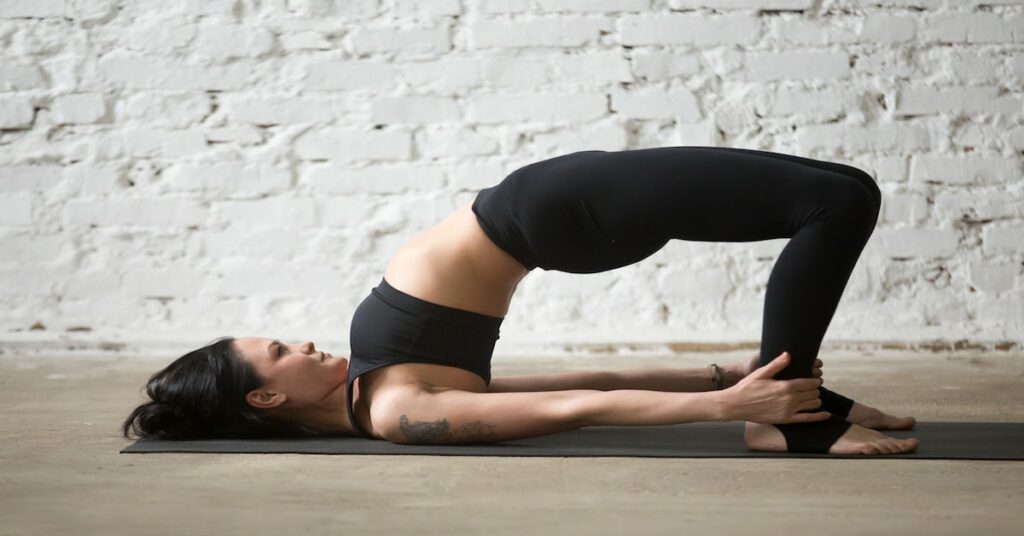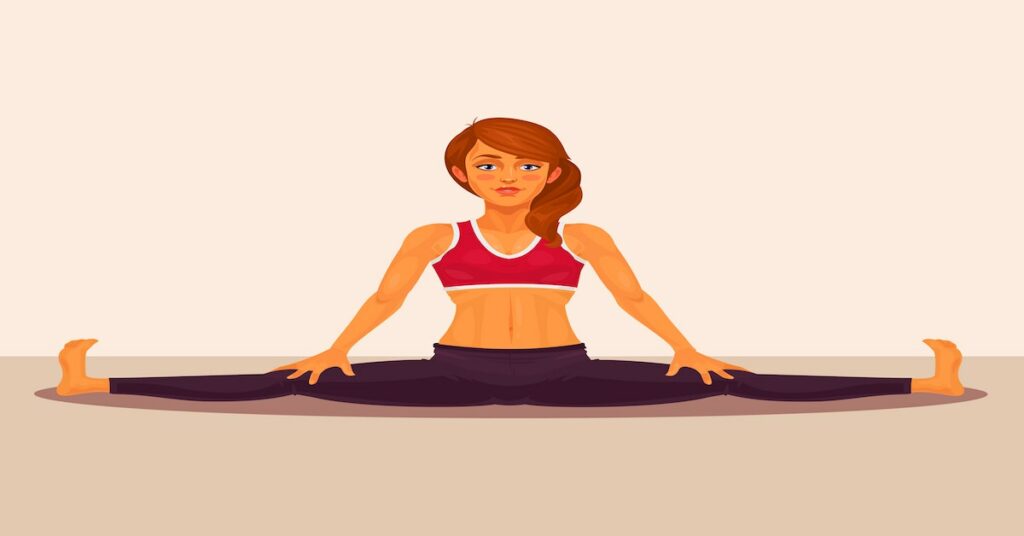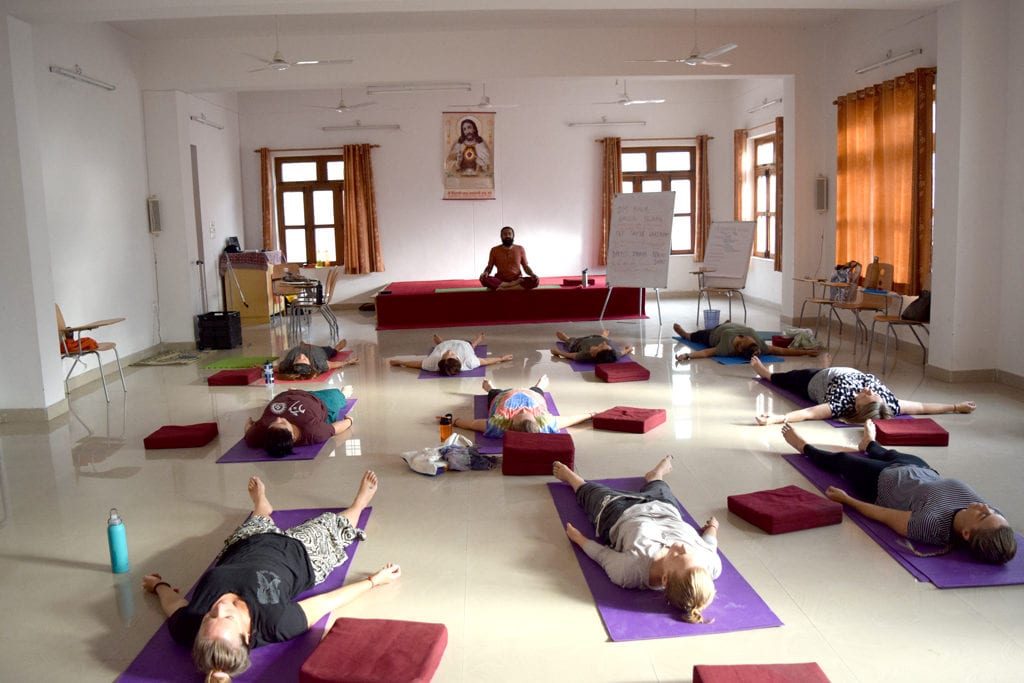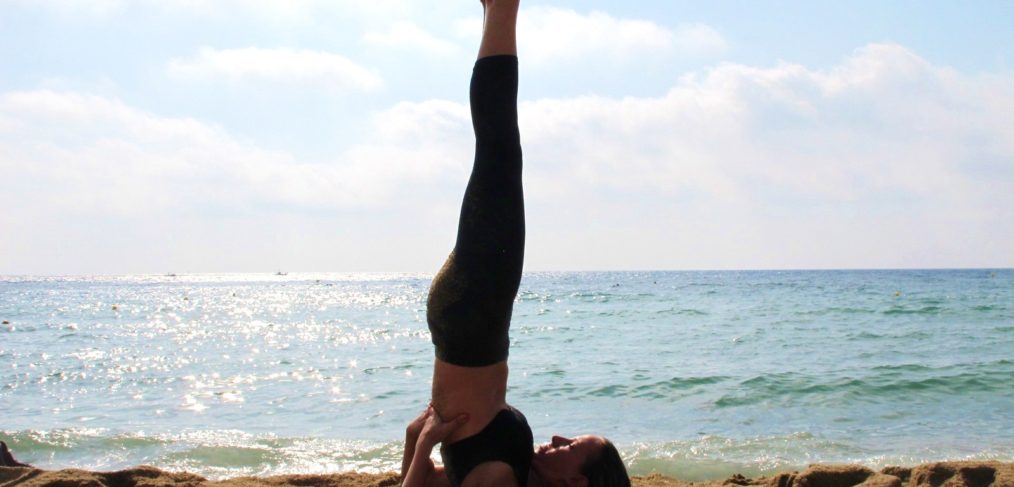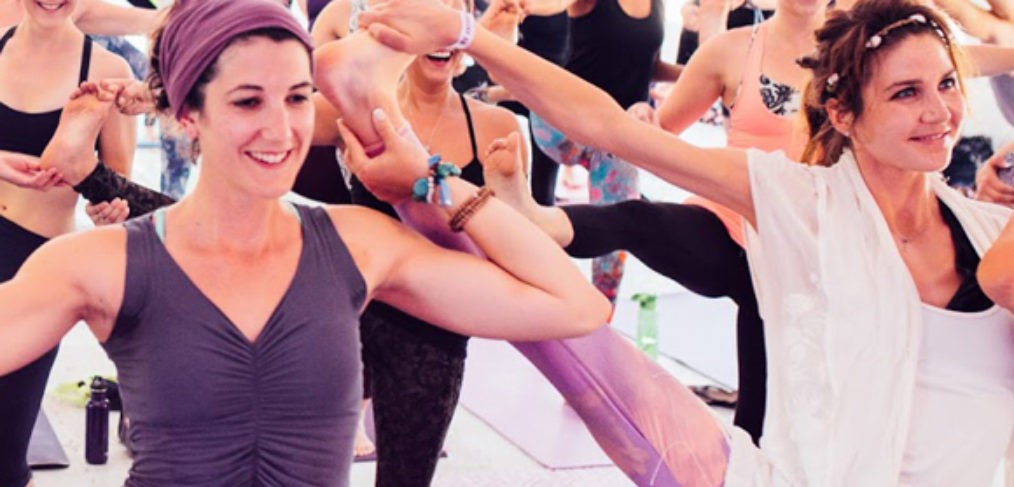5 Gentle Yoga Poses for Beginners: Finding Serenity in Motion
Most seated gentle yoga poses are suitable for beginners yoga as most can be easily adapted to any level of strength and flexibility. Sitting on the floor also provides a stable position that makes it easier to open the body. I have put together 5 gentle sitting postures that are most commonly used and important […]
5 Gentle Yoga Poses for Beginners: Finding Serenity in Motion Read More »

